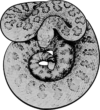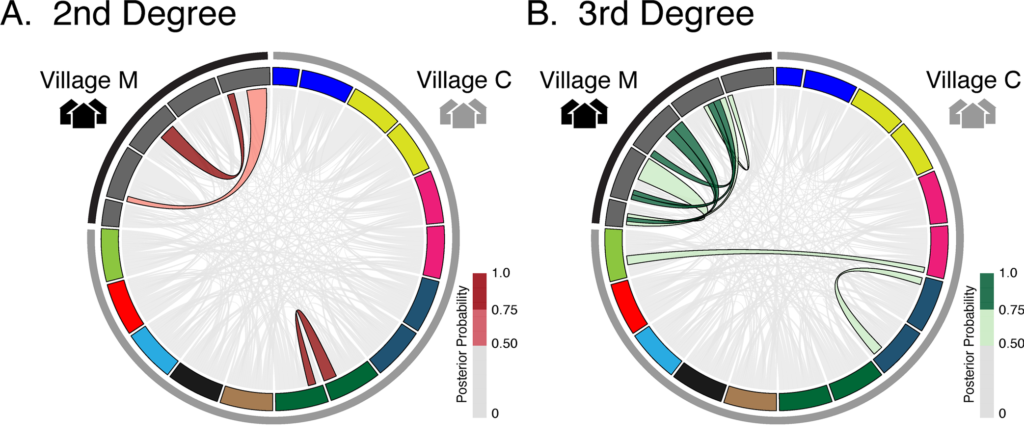Our paper using whole genome sequencing of archival Schistosoma japonicum miracida samples to study patterns of relatedness, genetic diversity, and transmission is now online at PLOS Neglected Tropical Diseases!
Congrats to Zach, Nicky (lab alum), Blair, Drew (lab alum), Todd, and all collaborators!
Nikolakis, Z.L.*, N.R. Hales*, B.W. Perry, D.R. Schield, L.E. Timm, Y., Liu, B. Zhong, K.J. Kechris, D.D. Pollock, E. Carlton, and T.A. Castoe. In Press. Patterns of transmission, relatedness, and genetic diversity inferred from whole genome sequencing of archival blood fluke miracidia (Schistosoma japonicum). PLoS Neglected Tropical Diseases. (*co-first authors). Uncorrected proof PDF. Final PDF Coming Soon.
Abstract
Genomic approaches hold great promise for resolving unanswered questions about transmission patterns and responses to control efforts for schistosomiasis and other neglected tropical diseases. However, the cost of generating genomic data and the challenges associated with obtaining sufficient DNA from individual schistosome larvae (miracidia) from mammalian hosts have limited the application of genomic data for studying schistosomes and other complex macroparasites. Here, we demonstrate the feasibility of utilizing whole genome amplification and sequencing (WGS) to analyze individual archival miracidia. As an example, we sequenced whole genomes of 22 miracidia from 11 human hosts representing two villages in rural Sichuan, China, and used these data to evaluate patterns of relatedness and genetic diversity. We also down-sampled our dataset to test how lower coverage sequencing could increase the cost effectiveness of WGS while maintaining power to accurately infer relatedness. Collectively, our results illustrate that population-level WGS datasets are attainable for individual miracidia and represent a powerful tool for ultimately providing insight into overall genetic diversity, parasite relatedness, and transmission patterns for better design and evaluation of disease control efforts.

